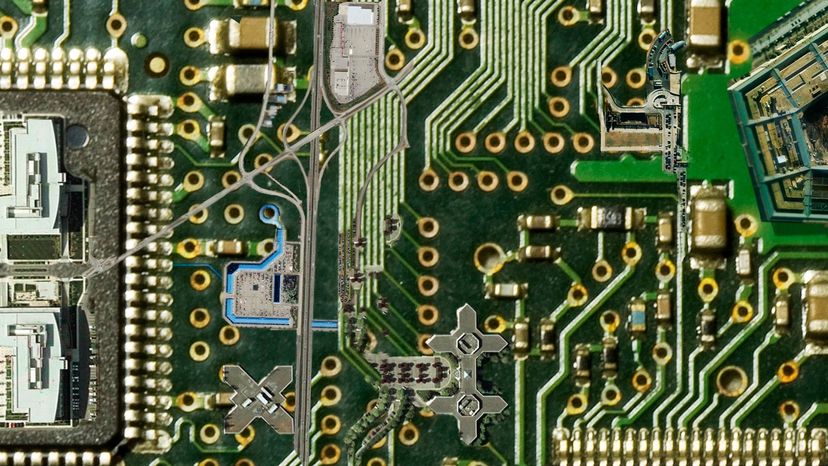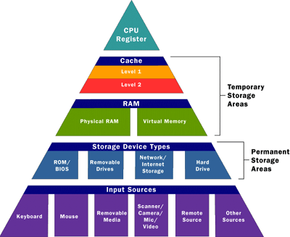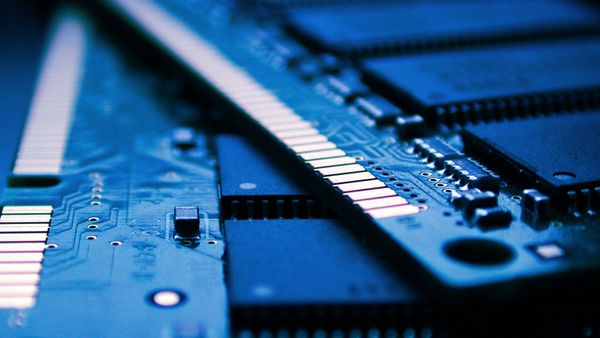Caches are designed to alleviate this bottleneck by making the data used most often by the CPU instantly available. This is accomplished by building a small amount of memory, known as primary or level 1 cache, right into the CPU. Level 1 cache is very small, normally ranging between 2 kilobytes (KB) and 64 KB.
The secondary or level 2 cache typically resides on a memory card located near the CPU. The level 2 cache has a direct connection to the CPU. A dedicated integrated circuit on the motherboard, the L2 controller, regulates the use of the level 2 cache by the CPU. Depending on the CPU, the size of the level 2 cache ranges from 256 KB to 2 megabytes (MB). In most systems, data needed by the CPU is accessed from the cache approximately 95 percent of the time, greatly reducing the overhead needed when the CPU has to wait for data from the main memory.
Some inexpensive systems dispense with the level 2 cache altogether. Many high performance CPUs now have the level 2 cache actually built into the CPU chip itself. Therefore, the size of the level 2 cache and whether it is onboard (on the CPU) is a major determining factor in the performance of a CPU. For more details on caching, see How Caching Works.
A particular type of RAM, static random access memory (SRAM), is used primarily for cache. SRAM uses multiple transistors, typically four to six, for each memory cell. It has an external gate array known as a bistable multivibrator that switches, or flip-flops, between two states. This means that it does not have to be continually refreshed like DRAM. Each cell will maintain its data as long as it has power. Without the need for constant refreshing, SRAM can operate extremely quickly. But the complexity of each cell make it prohibitively expensive for use as standard RAM.
The SRAM in the cache can be asynchronous or synchronous. Synchronous SRAM is designed to exactly match the speed of the CPU, while asynchronous is not. That little bit of timing makes a difference in performance. Matching the CPU's clock speed is a good thing, so always look for synchronized SRAM. (For more information on the various types of RAM, see How RAM Works.)
The final step in memory is the registers. These are memory cells built right into the CPU that contain specific data needed by the CPU, particularly the arithmetic and logic unit (ALU). An integral part of the CPU itself, they are controlled directly by the compiler that sends information for the CPU to process. See How Microprocessors Work for details on registers.
For a handy printable guide to computer memory, you can print the HowStuffWorks Big List of Computer Memory Terms.
For more information on computer memory and related topics, check out the links on the next page.



